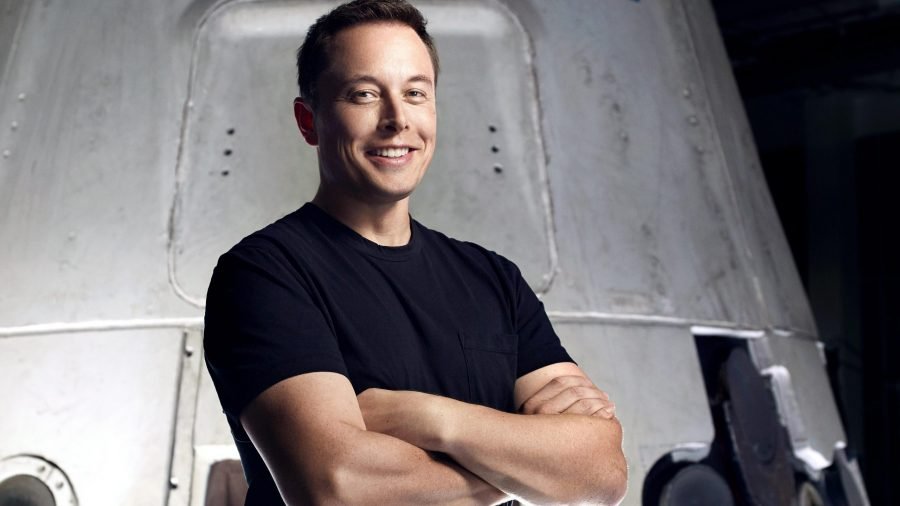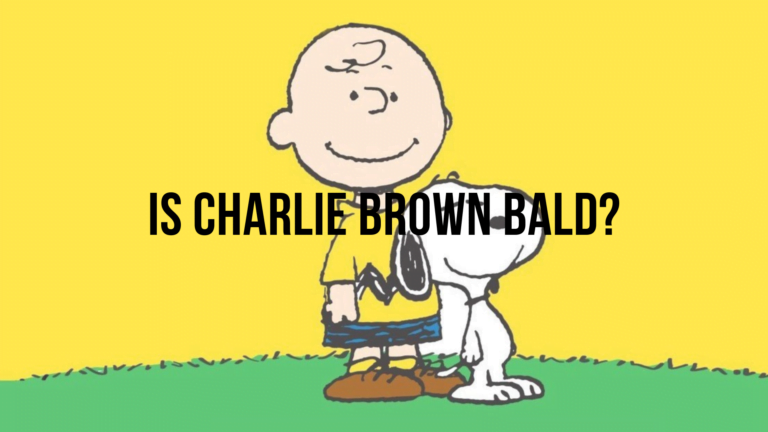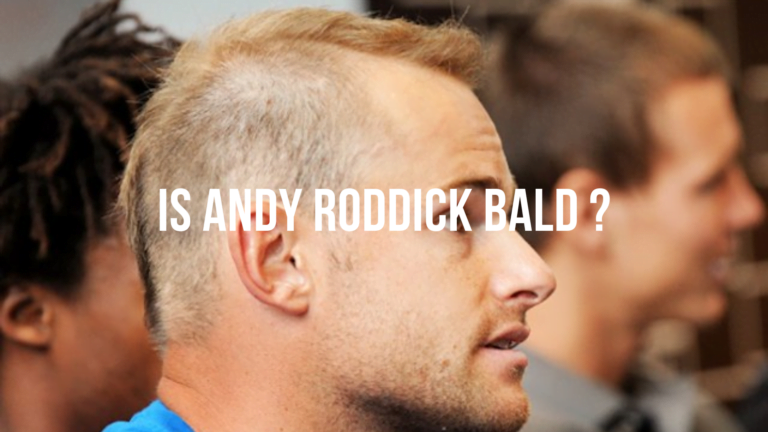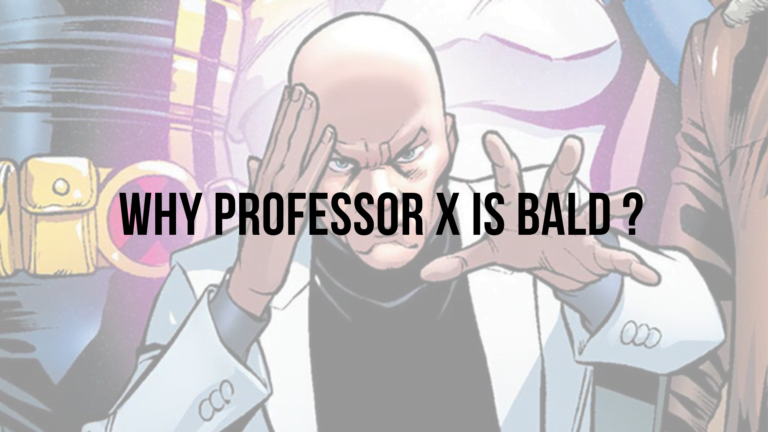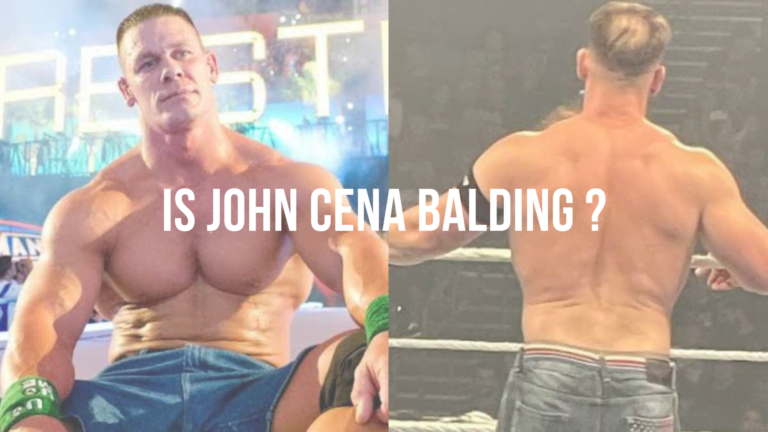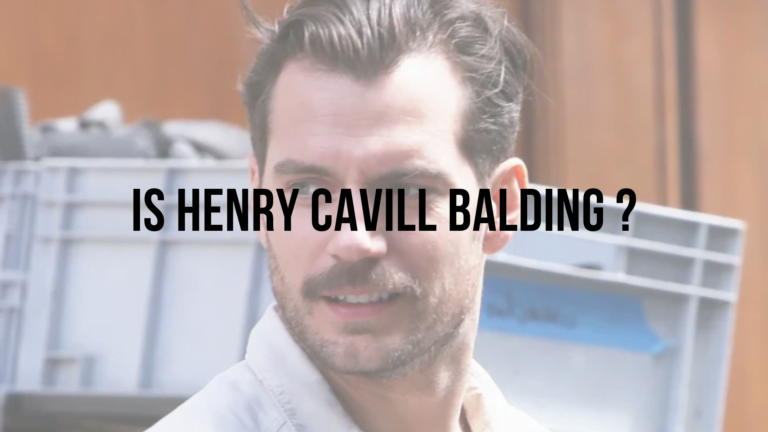Elon Musk is one of the most successful entrepreneurs in history. He’s known for a number of incredible companies, including Tesla and the revolutionary SpaceX project.
And with an excess net worth of $252 billion (yes, really), Musk is the richest person in the world – LVMH tycoon Bernard Arnault coming second with a net worth of $232 billion.
But Elon Musk isn’t perfect: he’s had problems throughout his life, just like everyone else including his battle with baldness.
When did he start going bald? How did he get his hair back? And how can you get the same treatment? Join us to discover the story of Elon Musk’s hair loss …
Table of Contents
How it all began: Elon Musk’s road to success
Elon Reeve Musk was born in 1971 and grew up in Pretoria, South Africa. He entered the business world in 1995, when he launched Zip2 with his brother and the late Greg Kouri.
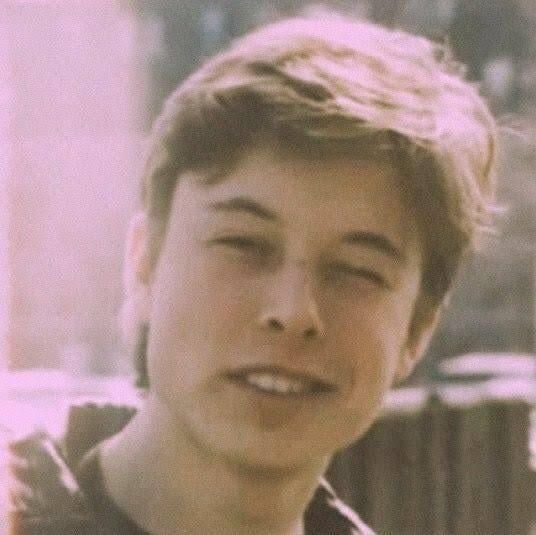
They built the small software company into a thriving business, selling it in 1999 for a staggering $307 million. Musk walked away with $22 million, which he used to co-found X.com (later renamed PayPal).
Another success followed, and Musk launched the innovative SpaceX in 2002. He also became President of Tesla in 2004, before becoming CEO a few years later. Since then, he has overseen the company’s ongoing production of electric and self-propelled vehicles.
Read Also: Is Henry Cavill balding?
What did Elon Musk’s hair look like in his youth?
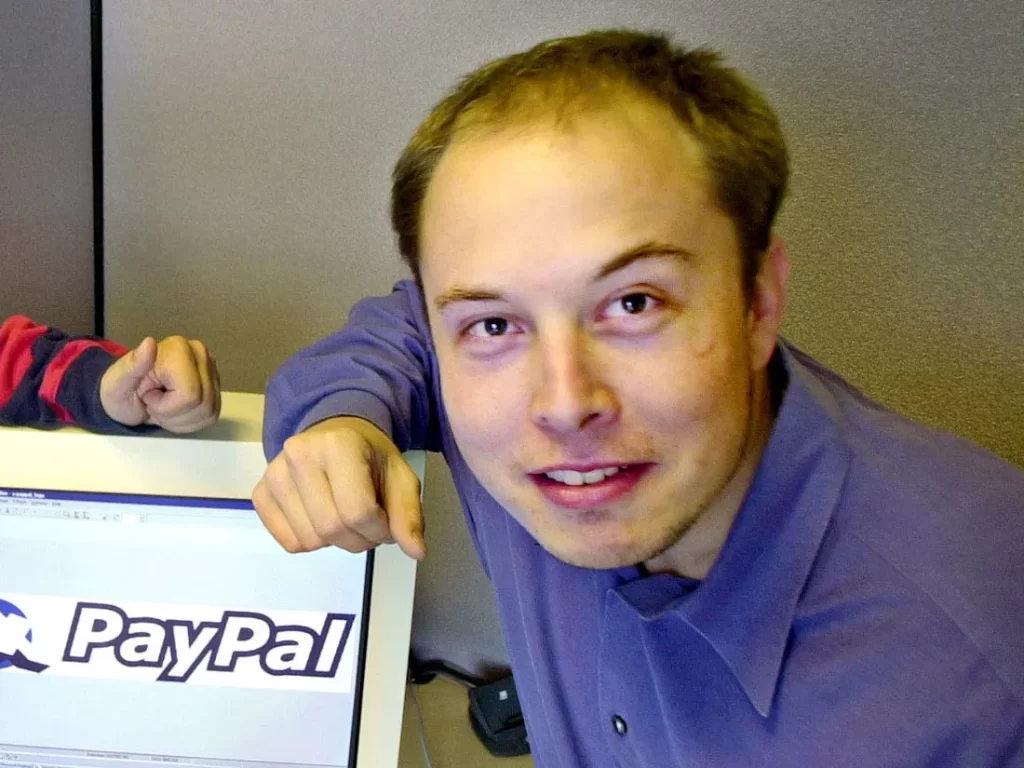
It seems he was suffering from baldness, an incredibly common condition that affects over 50% of men aged 40 to 49.
Male pattern baldness can be generally caused by :
- genetics/family history of the condition
- hormonal problems (linked to androgens, a sex hormone)
- Unhealthy life habits
- Stress
As Musk aged, it was clear that hair loss was becoming more severe, even though he still had plenty of growth on the back and sides of his head.
This is common to male pattern baldness and most other types of hair loss. It’s also ideal for anyone considering a hair transplant, as hair follicles are usually extracted from these areas to be transplanted into balding areas.
Years later, however, Musk was photographed sporting a thicker hairstyle that was a far cry from his former look.
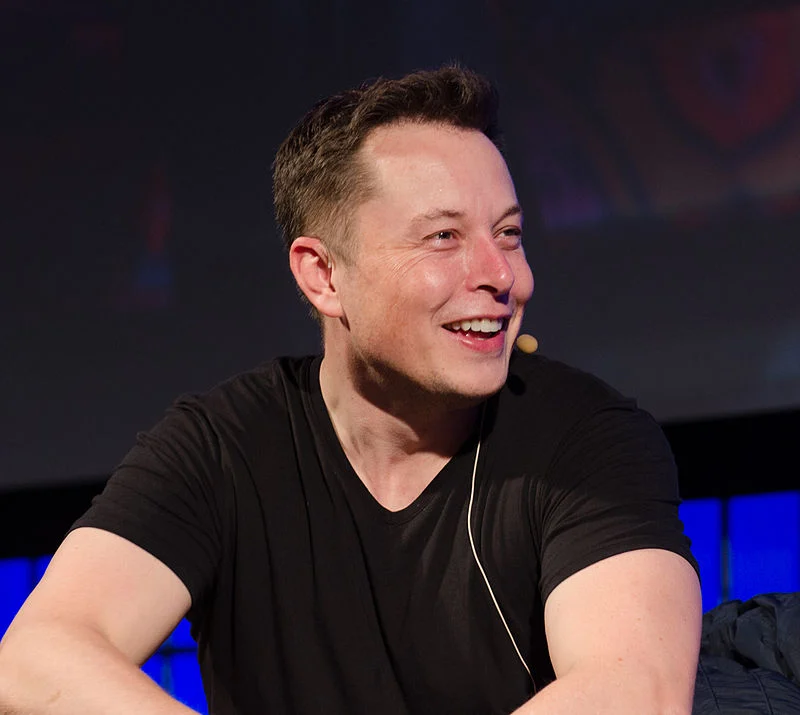
And it didn’t go unnoticed. In the mid-2010s, discussions about Musk’s hair restoration were raging on the Internet.
The media, of course, began running stories about the mogul’s hair transplant. Almost as much emphasis was placed on his revitalized hair growth as on his remarkable success over the years.
But what’s the truth? How did Elon Musk get his hair back?
Did Elon Musk really have a hair transplant, and what type was it?
It’s surprising that with all his incredible wealth and creativity, Elon Musk hasn’t invented a new form of hair loss treatment the likes of which we’ve never seen. But the truth is, he really didn’t need to.
Cutting-edge hair transplant technology is a fantastic solution for any man or woman struggling with hair loss. Two types of hair transplant techniques are available:
- Follicular unit transplantation (FUT)
- Follicular unit extraction (FUE)
In my opinion, I think Musk opted for the FUE method, rather than FUT. Many people do the same. But why?
Read Also: Is Justin Bieber balding?
FUT versus FUE: which treatment is best?
In a FUT procedure, a surgeon takes a strip of flesh from the back of the scalp and dissects it into small pieces to remove the hair follicles. These are then inserted into numerous incisions on the bald spot(s) of the scalp.
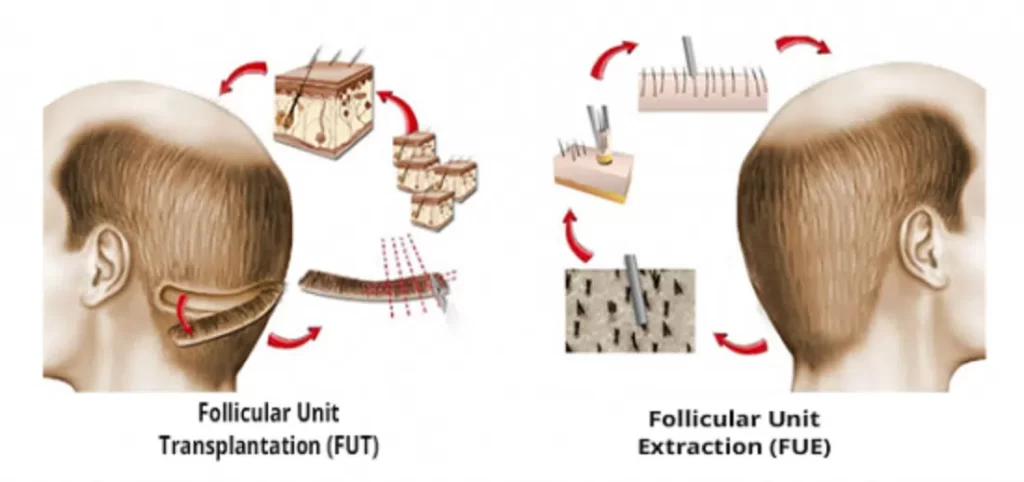
Over time, these follicles will create new growth in the areas affected by thinning or baldness. However, the invasive nature of FUT treatment leaves a visible scar at the back of the head, requiring patients to have their hair longer if they want to keep the scar hidden.
But an FUE procedure brings more freedom. Hair follicles are harvested one by one from the back and sides of the head, staggered to avoid thinning of the donor areas. No visible scars are created.
These follicles are prepared in a special solution, before being implanted in bald areas of the scalp. It’s a fairly simple, painless procedure.
Experts assume that Musk spent between $20,000 and $30,000 on his hair restoration surgery. And the results speak for themselves: Musk looks younger today, past fifty, than he did two decades ago.

